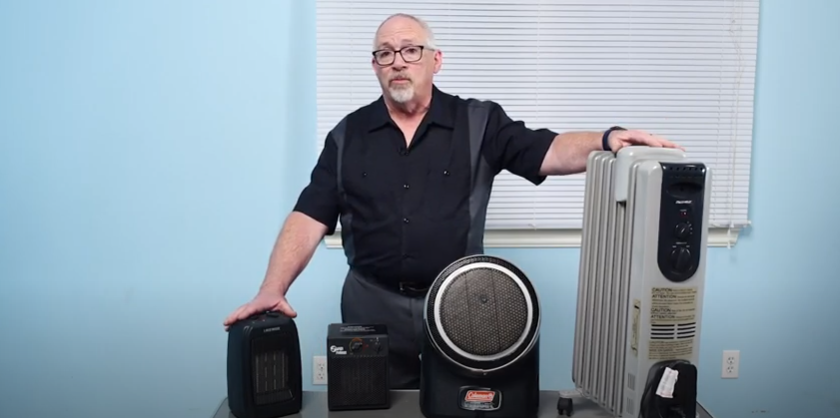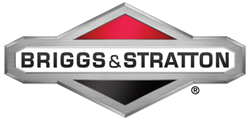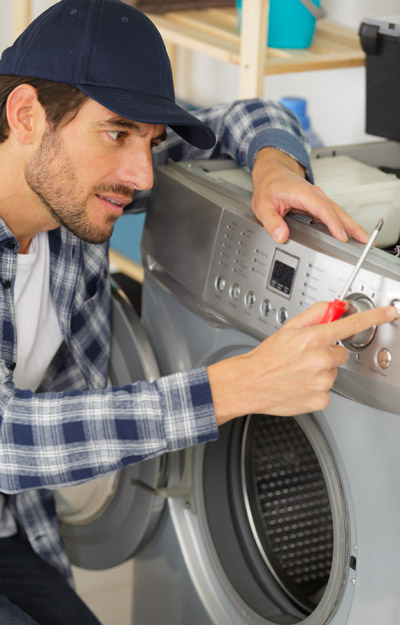Enter the code USA15 at checkout to apply your discount. Discount will be applied at checkout when the code is entered & applies to all parts. Cannot be combined with any other coupon or special offer & cannot be applied to a previously placed order. Not valid toward tax or shipping & handling. Discount has no cash value. Discount expires on July 1 at 11:59pm EST.

Alternative Home Heating Sources
It’s that time of year where the temperature is starting to drop, and you’ll need to start thinking about how you are going to heat your home. Most North American homes use forced-air heating with boilers and radiators being the most popular. We decided to look at some alternative heating solutions in the event that you may be looking for an additional heating source to your current one or are looking to switch the main heating source altogether. There are many different options and styles, and we examined some of the pros and cons of each.

Portable Heaters
Electric Heaters
The first type of heater we will cover are the small portable ones. There are electric heaters only, propane, and electric oil-filled heaters as well. The benefit of electric ones is that all you require is your basic household outlet. Turn them on and away they go. You’ll want to pay attention to the safety features that may be built into the unit. For example, if they get tipped over, some will shut themselves off, a great feature if you are concerned about safety (and who isn’t?).

Oil-Filled Electric Heater
Another option is an oil-filled electric heater. The example in our video is a 110-volt heater. It just simply plugs into a wall. This trouble-free option requires little maintenance. The benefit of this type is that once it has heated up, it will continue to radiate heat even after it is cycled off. A lot of these heaters also have a water tank. You can just put a little bit of water in it and set it on the heater, and it will actually work as a bit of a humidifier, which is really good because in the wintertime when the air is dry, that bit of moisture in the air is really beneficial. They also have safety switches, so if they do happen to get bumped over and tipped, they will shut themselves off, so they are a very safe and practical type of heat as well.

Propane-Based Heater
One other variety we looked at is a propane-based heater. It just takes a propane tank that connects to the back and has its own igniter. You just turn on the gas, hit the igniter, and this will give you some infrared heat. The downside to this type is that because you are burning fuel, you will need to be aware of the health and safety concerns that come with burning a gas product.

Electric Fireplaces
The next heat source we examined is one that has become extremely popular, and that's the electric fireplace. Much like the space heater that we talked about earlier, it just plugs into a wall and works on your regular house power supply. This option is more about ambiance than it is about the heat. You'll have realistic-looking flames and a remote control that allows you to turn the heat and/or flames on and off. You're able to adjust your flame setting for high or low, depending on your preference. They can be put in any size room, but being on a 120-volt outlet you're only getting about fifteen hundred watts of heat from it. It really is just more about the look than a practical heat source.

Mini-Split Heat Pump
The next heat source we looked at was extremely popular in new house construction and for renovations, which is the heat pump in the mini-split version. Mini-split is a common term you hear, and why they call it a mini-split is because of two main components. The first is a main fan unit and coil that mounts outside your home, with a compressor and fan motor in it. The other main unit is mounted in your house, on a wall, or in the ceiling, and it's there to provide the cooling or heating as you require it. This type of heat is available in many different output amounts from 18,000 BTUs. They are very energy efficient. The only downside to them is that most of them require 220-volts to run. To do that, you may require an electrician to come in and provide the power supply for it. The mini-split is something that becomes part of your home, once it's installed it stays there, and it's recommended that you have a certified installer do that.

Wood Heating Sources
The next category we examined was providing heat with the use of wood, and that can come in two forms, either by the old standby that we're all quite used to, the split wood that is burned, or the other version that's becoming very popular, and that's the pellet stove. This is a great heating source to have if the area you live in is prone to power outages.
Pellet Stove
The pellet stove uses wood pellets that are created from scrap wood, so it is very environmentally friendly because it's taking pieces of wood and scrap wood that were being discarded and are now being processed and made into pellets. Pellet stoves are a great option because they take up less space in your home. They come available in either freestanding or as an insert, so they can replace your old fireplace. One of the best features of the pellet stove is they do need to be vented outside, but they don't require the typical chimney that a wood stove does. It's just a small direct vent that just goes out through the wall, so your cost of installation is much lower than if you were doing the typical wood-type stove. They do require a 115-volt outlet to plug into, because they're running two motors: a fan motor that's supplying air to the burner box, as well as an auger motor that's feeding the pellets into the burner box. They provide a large amount of heat, they are efficient, and the cost of installation is much less than the other wood-style burning stoves.

Wood Stove
The last heat source we looked at is the good ol’ wood stove. Using a wood stove is extremely efficient. One of the beauties of a wood stove is the amount of heat that they generate. Even after the fire is out, they're still bringing in a lot of heat into the room. When it comes to being energy efficient, they are a top contender. A downside to the woodstove is that there is a little bit of a higher cost to install. You will also need more space around it because of the amount of heat generated, so space is another factor to consider. When it comes to safety, there are some concerns regarding how much flammable material is around them and how close the stove is to that material. They require some cleanup and maintenance, as well as maintenance to the chimney, such as making sure it is clear and free-flowing so there are no concerns about fire or smoke getting back into your home. You’ll also need to consider wood supply. Do you have an ample source of wood, and how are you going to buy it? Are you going to buy it in full length and cut it and split it yourself? Or will you buy it already processed so that you can just stack it and put it into your stove as you need to? You will also need to think about how much space you will require to store that wood and keep it dry for use. A lot to consider!
When it comes to deciding on a heat source for your space, it really comes down to what your individual needs are, where you're looking to put your heat source, how big the area is, what you are looking to heat, or if you're really just looking for ambiance. We hope by highlighting some of these popular options, we have helped you narrow down your decision that is best suited for your space. Don’t forget to check out PartSelect for all your appliance and lawn equipment replacement part needs! For more videos on appliance repair, maintenance, and cleaning tips, check out our YouTube channel.






























